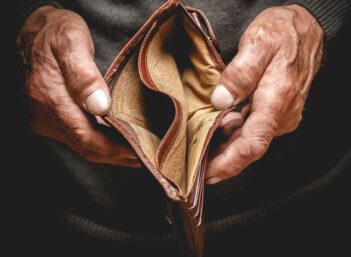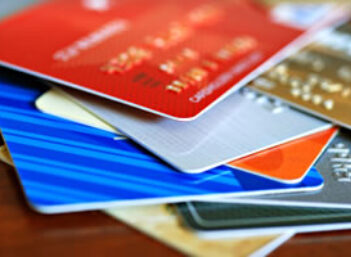What is a Bank Draft?
A bank draft is a check that a bank guarantees.
How do Bank Drafts work?
Bank drafts are not common in the United States; they are more popular in Britain. The concept is similar to that of a cashier's check.
To obtain a bank draft, a person must first deposit funds equal to the check amount with the issuing bank. The bank then generates a check to the payee drawn on the bank's own account. The name of the remitter (the person purchasing the check) is noted on the check, but the bank itself is the entity making the payment. The check is signed by a bank cashier or officer.
Banks typically charge a fee for bank drafts.
Why do Bank Drafts matter?
A bank draft guarantees the availability of the underlying funds because it is drawn upon and issued by a bank. In other words, bank drafts can't bounce, which is why some people choose to make or require payments with bank drafts (or in the U.S., cashier's checks).
Some critics note that bank drafts can be forged, and thus some advise to never accept a bank draft or cashier's check on Friday evenings or weekends, when banks are closed and the scam can't be discovered for several days.



